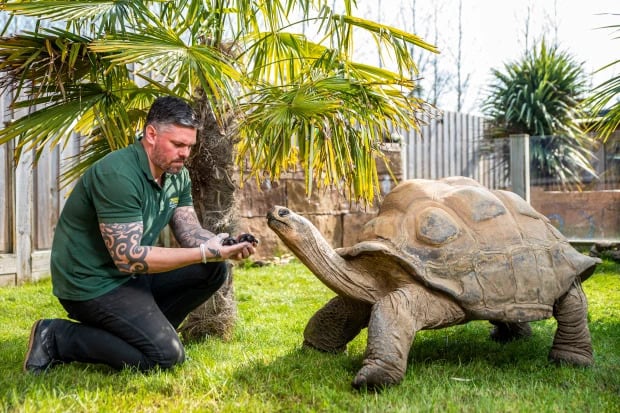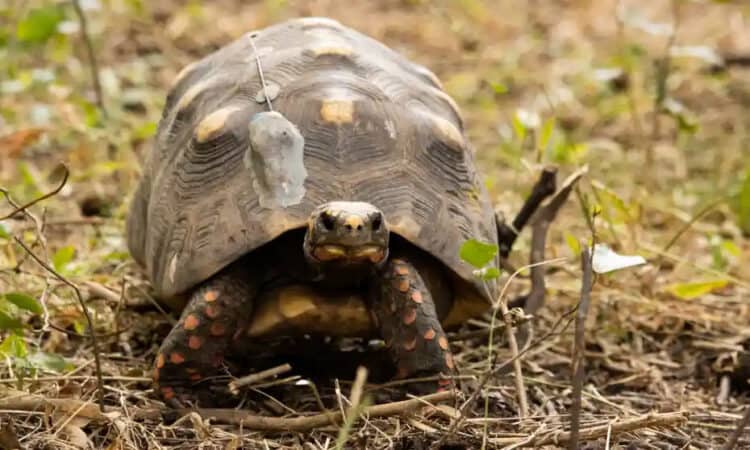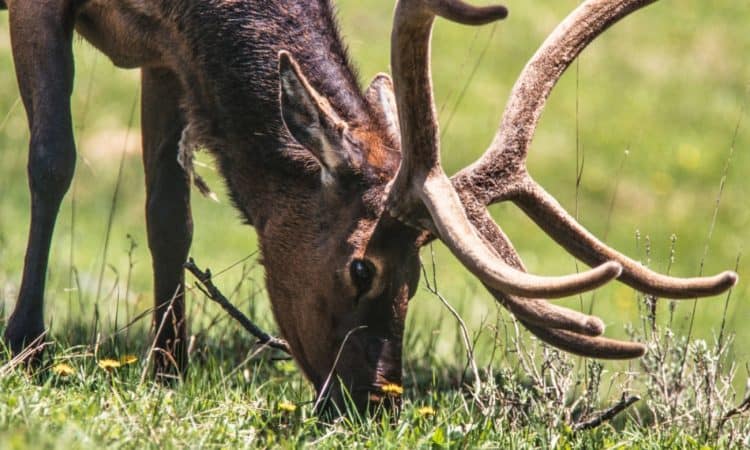A cartoonish character in the avian world, the blue-footed booby is known for its vivid webbed feet and its high-stepping mating dance. But the birds have mostly ceased their hypnotic moves on the breeding grounds of the Galápagos Islands, causing an alarming drop in their numbers.
Fewer blue-footed booby pairs are having chicks on the Galápagos Islands.
On these islands in the Pacific Ocean to the west of Ecuador, the population of blue-footed boobies has dropped from around 20,000 in the 1960s to 6,400 today, according to a new study in Avian Conservation and Ecology.
The study says that the birds’ breeding and reproduction have been dropping appreciably at least since 1998, to the point that “few pairs bred in 2011-2013 and almost no birds in juvenile plumage were seen.” (See a video about blue-footed boobies and their mating-dance behaviors.)
At the same time that breeding has declined, there’s been a shortfall of sardines—and past research has shown that successful booby breeding occurs when the birds’ diet is made up almost completely of sardines.
“Understanding the population dynamics and distribution of sardines in Galápagos is a logical follow-up project—essentially nothing is known at present,” says Dave Anderson, a professor of biology at Wake Forest University in Winston-Salem, North Carolina, and the study’s principal investigator. But Anderson said that in his study, sardines made up half or less of the diet of the boobies that were failing to breed.
“Lack of small schooling fish means hungry seabirds,” said Dee Boersma, a conservation scientist at the University of Washington, Seattle, who is a Galápagos expert and a National Geographic Society grantee.
Boersma said that while on the islands in February 2011, she and her team discovered a blue-footed booby that had recently starved to death. “Boobies were having a hard time finding food,” she told National Geographic.
Implications for Biodiversity
Anderson acknowledged that unknown disease or other factors could be contributing to the decline in the booby population. But whatever is to blame, he says, time is of the essence.
Even when producing normally, blue-footed boobies raise only one or two babies a year, compared with a robin’s eight to ten annual offspring, Anderson notes. As the population continues to age, the numbers of offspring likely will continue to drop.
That would create a population of birds in about ten years “that are not so old that they up and die, but are too old to breed effectively,” Anderson says. “A lot of 70-year-old humans would be an apt analogy.”
This depletion would not mean the end of blue-footed boobies altogether because the birds live in other locations on the west coast of the Americas. But the dwindling populations of both boobies and sardines may affect the Galápagos in other ways, Anderson says.
A scarcity of the blue-footed chicks has repercussions for the endemic Galápagos hawks that like to feed on them. And the changes in the boobies’ behaviors has caused them to spend less time further inland—where their guano can enrich the rocky soil—and more time on coastal rocks and cliffs. Consequently, their guano mostly ends up in the water, with consequences as yet unmeasured.
The blue-footed boobies aren’t the only Galápagos-dwellers that are short of their essential food, Anderson says. The sea lions and Nazca boobies of the islands are also showing evidence of fewer sardines in their diet. “From what we do know, it seems at least possible that a variety of predators are being affected by this change in baitfish availability,” he says.
So the boobies’ dance isn’t the only thing faltering in this island ecosystem-and that, the study concludes, could have “important implications for biodiversity.”
This article was written by Mark J. Miller for National Geographic. Lead Image: Fewer blue-footed booby pairs are having chicks on the Galápagos Islands. PHOTOGRAPH BY FRANS LANTING, NATIONAL GEOGRAPHIC.
What you can do
Support ‘Fighting for Wildlife’ by donating as little as $1 – It only takes a minute. Thank you.







Leave a Reply